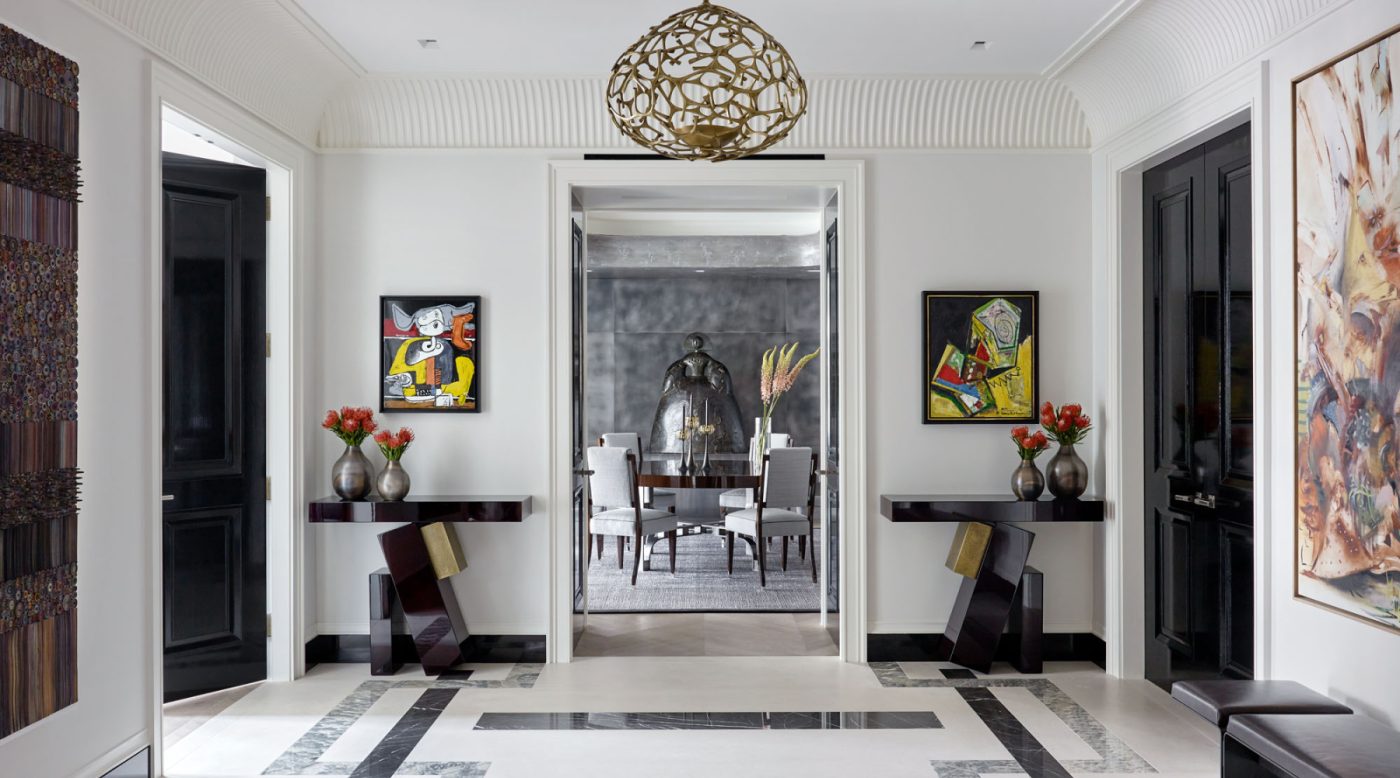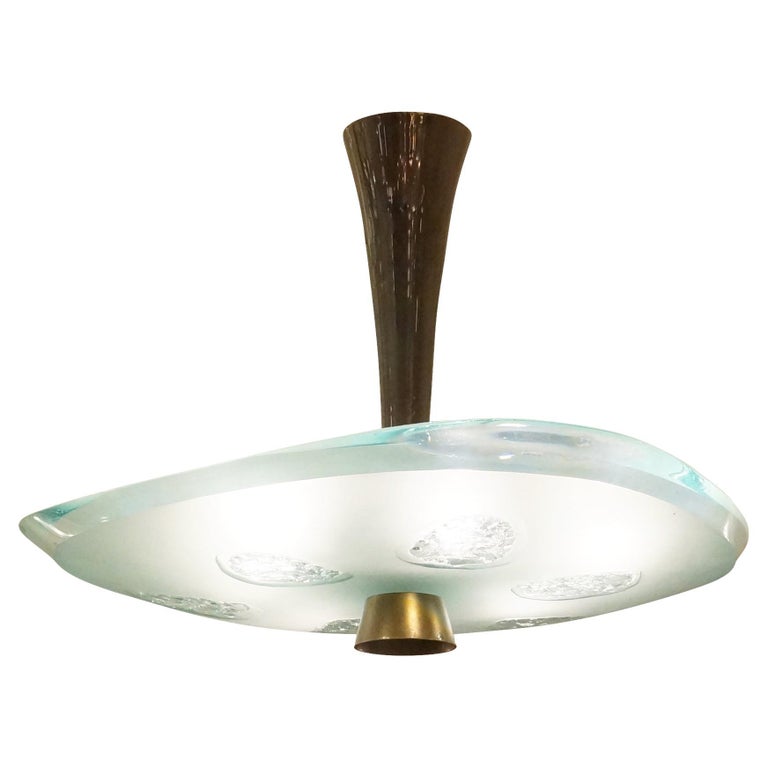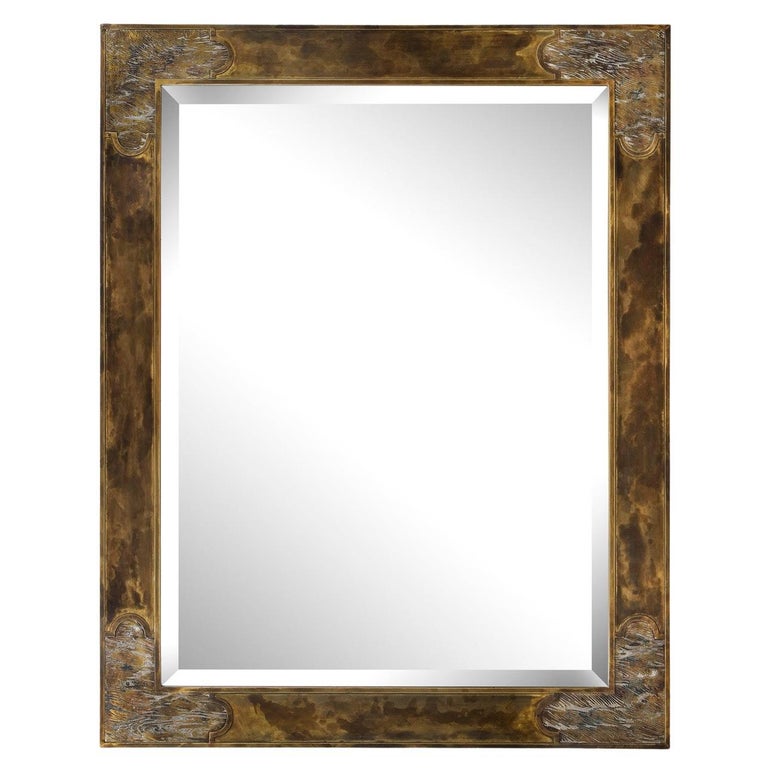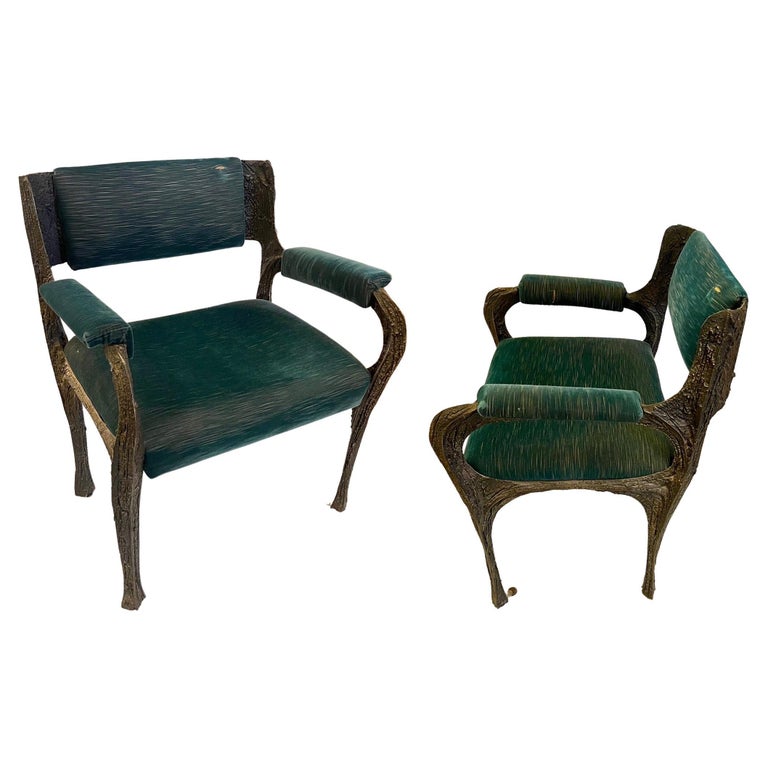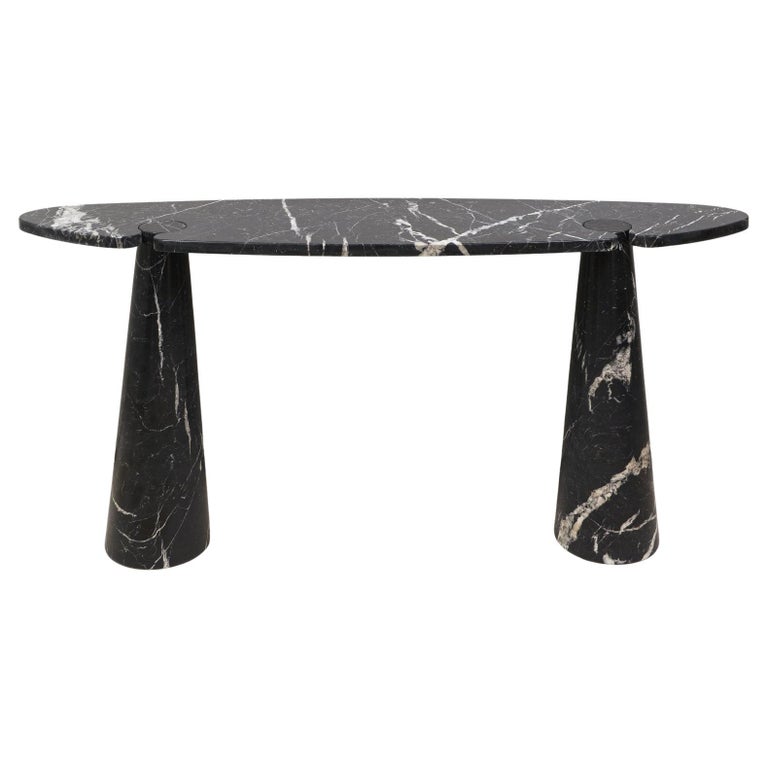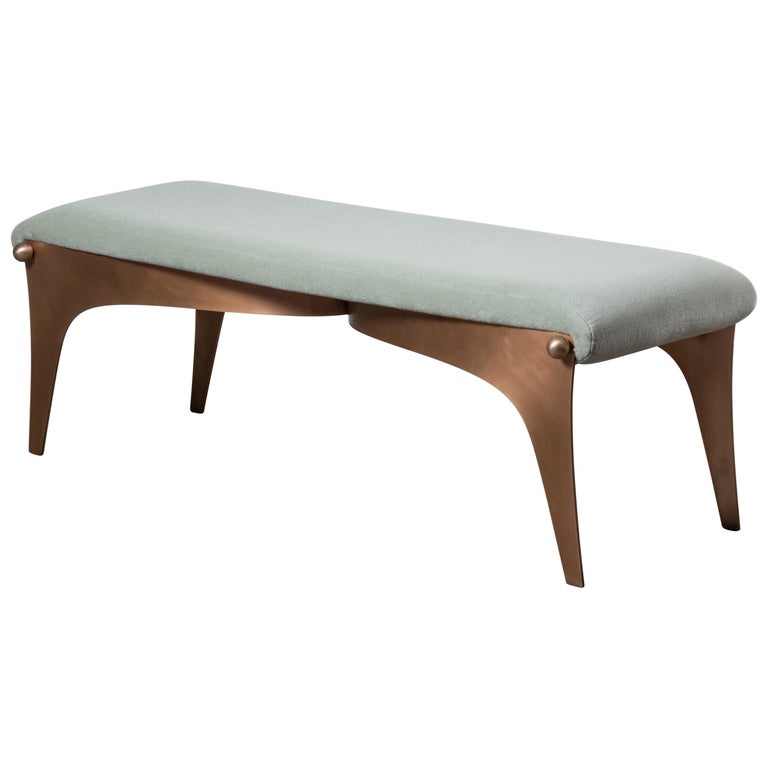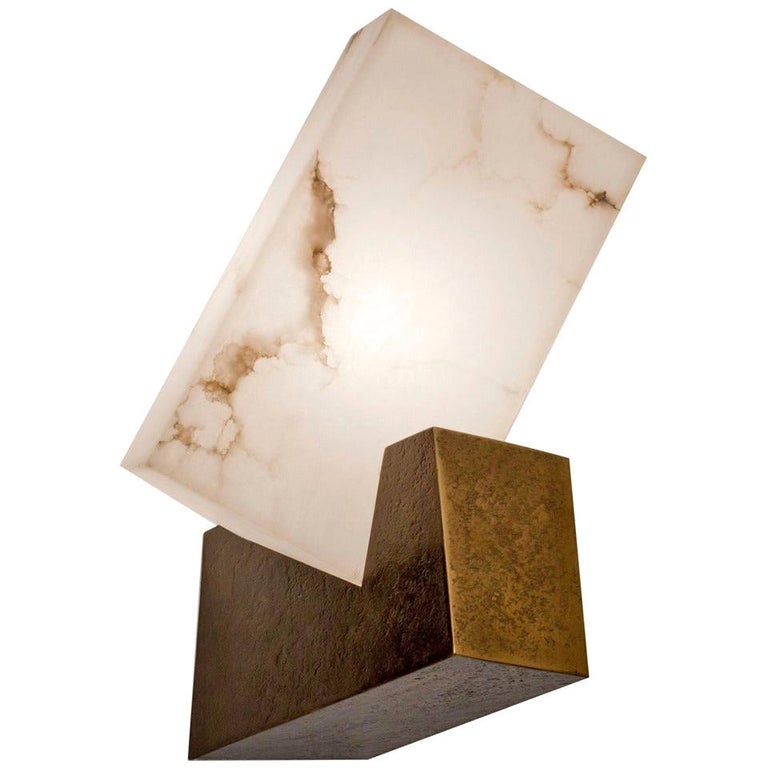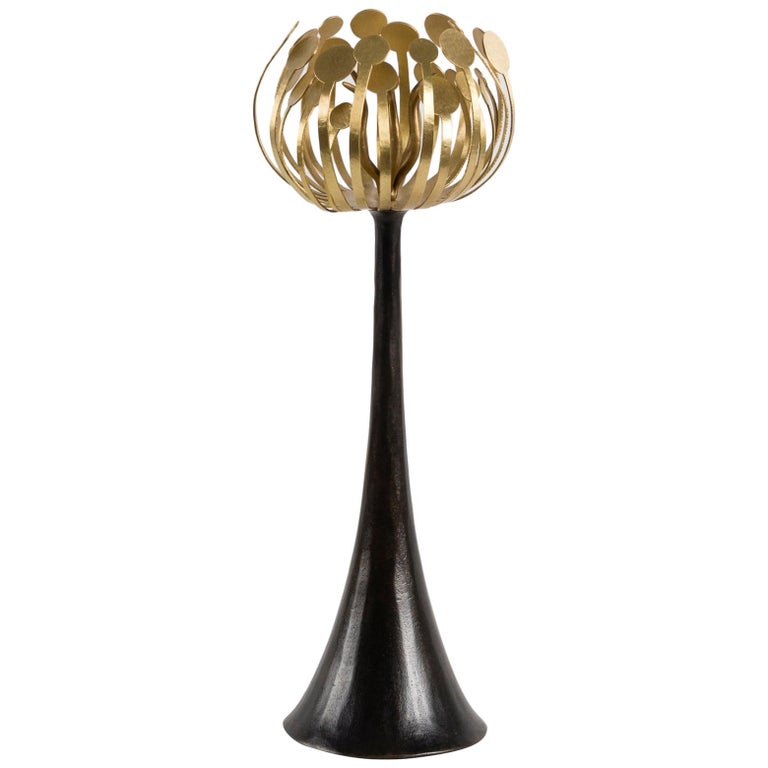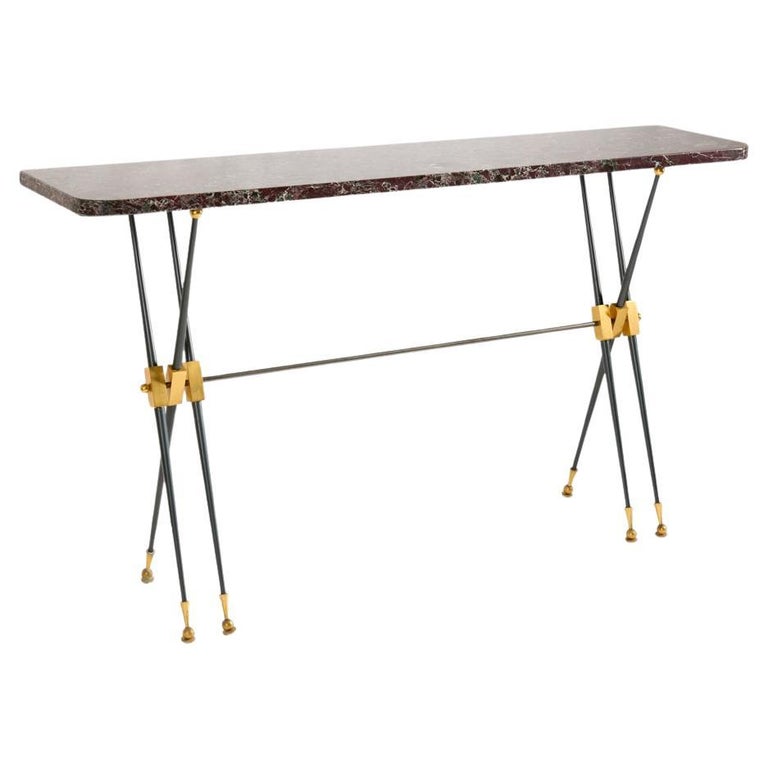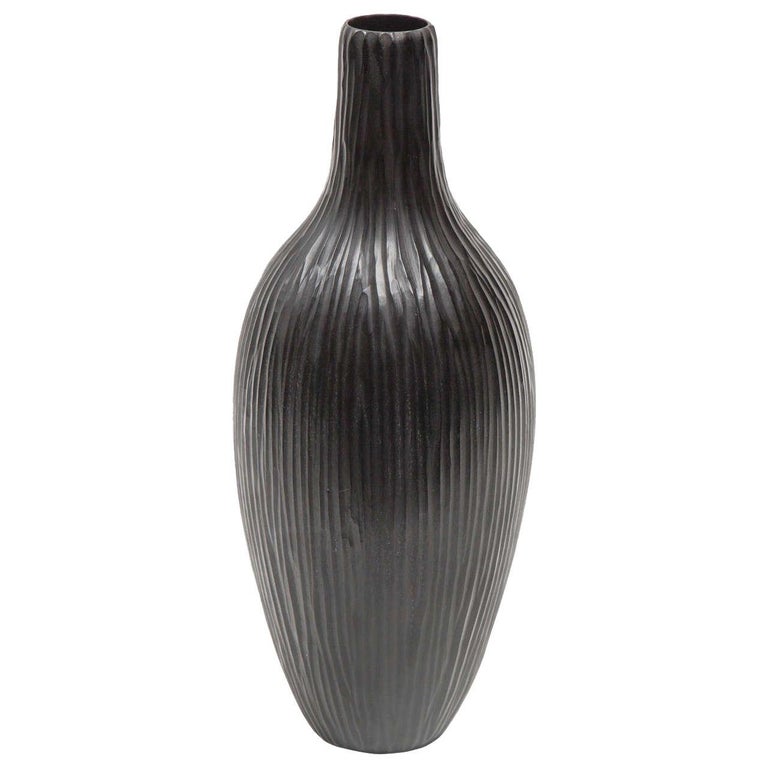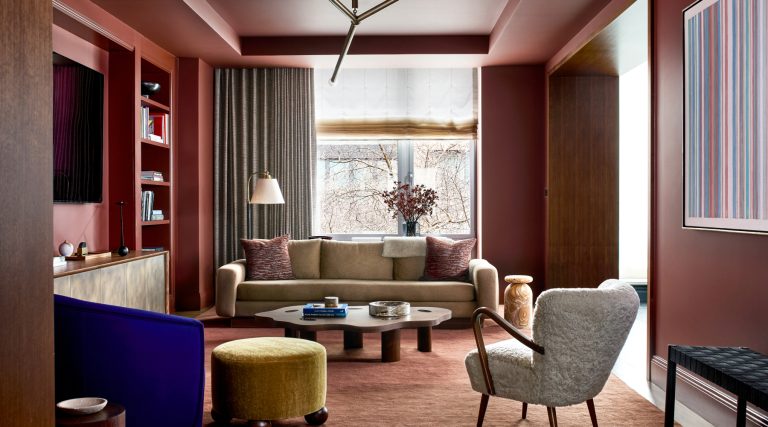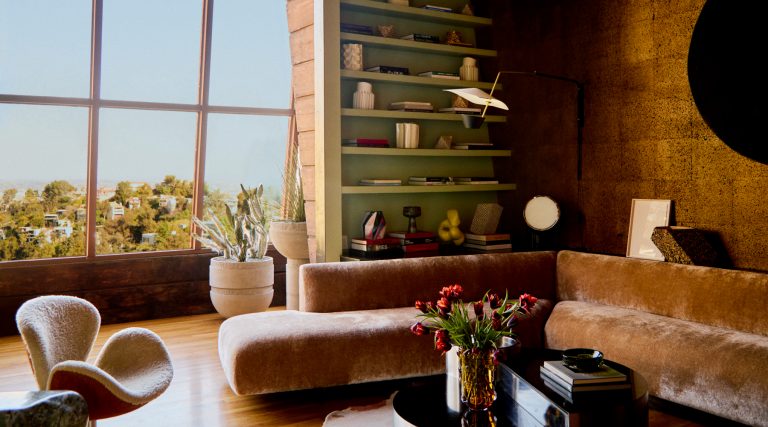June 8, 2025When David Kleinberg took on the down-to-the-studs renovation and comprehensive interior design of an apartment in a landmarked prewar building whispering distance from the Metropolitan Museum of Art on Manhattan’s Upper East Side, he didn’t realize he was about to become an ace student in an unexpected course on contemporary Persian art.
The homeowners “have important work by European and American masters, too, but for me, the immersion in Persian art was the real discovery,” Kleinberg writes in his new book, David Kleinberg: Interiors, published in March by the Monacelli Press, an imprint of Phaidon. The lavish monograph, Kleinberg’s second, contains 10 recent projects in addition to this glamorous New York apartment. One of the most illustrious names in American interiors, the native New Yorker — and alum of the venerable firm Parish-Hadley — has just been named to the annual 1stDibs 50 list of design luminaries, and not for the first time.
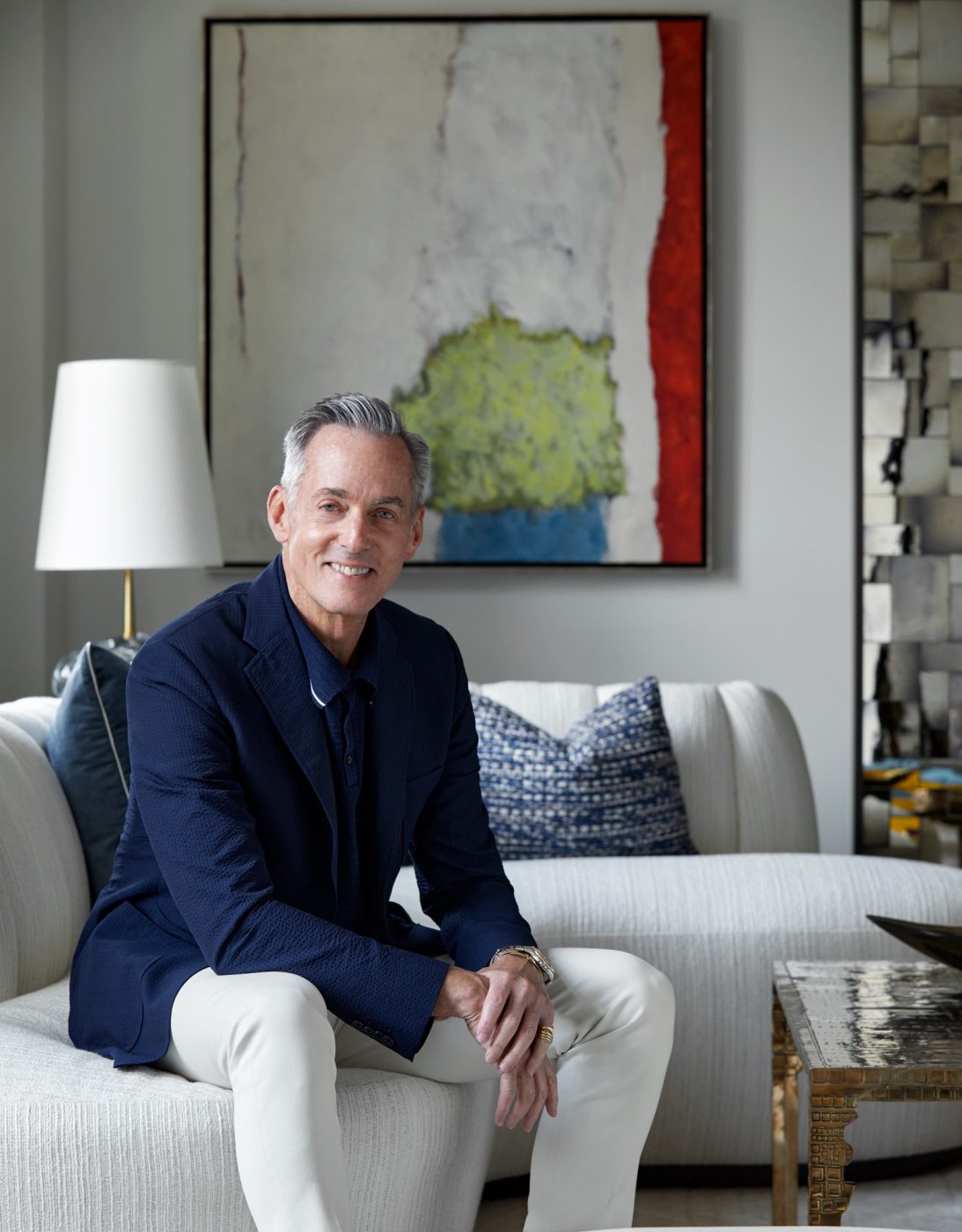
Kleinberg’s clients here, an urbane couple of Iranian heritage whose primary residence is outside the city, viewed the 3,500-square-foot pied-à-terre as a place to show off their collection of art and other precious objects from their ancestral homeland. They came to the project with “art, books and antiquities but not a stick of furniture,” Kleinberg tells Introspective, revealing that the opportunity to fill that void was another of the project’s attractions.
The homeowners’ desire to highlight their vast art collection, including a number of significant paintings and sculptures by modern masters as well as astonishing, large-scale works by Iranian-born artists, became the principle around which the gracious apartment is organized.
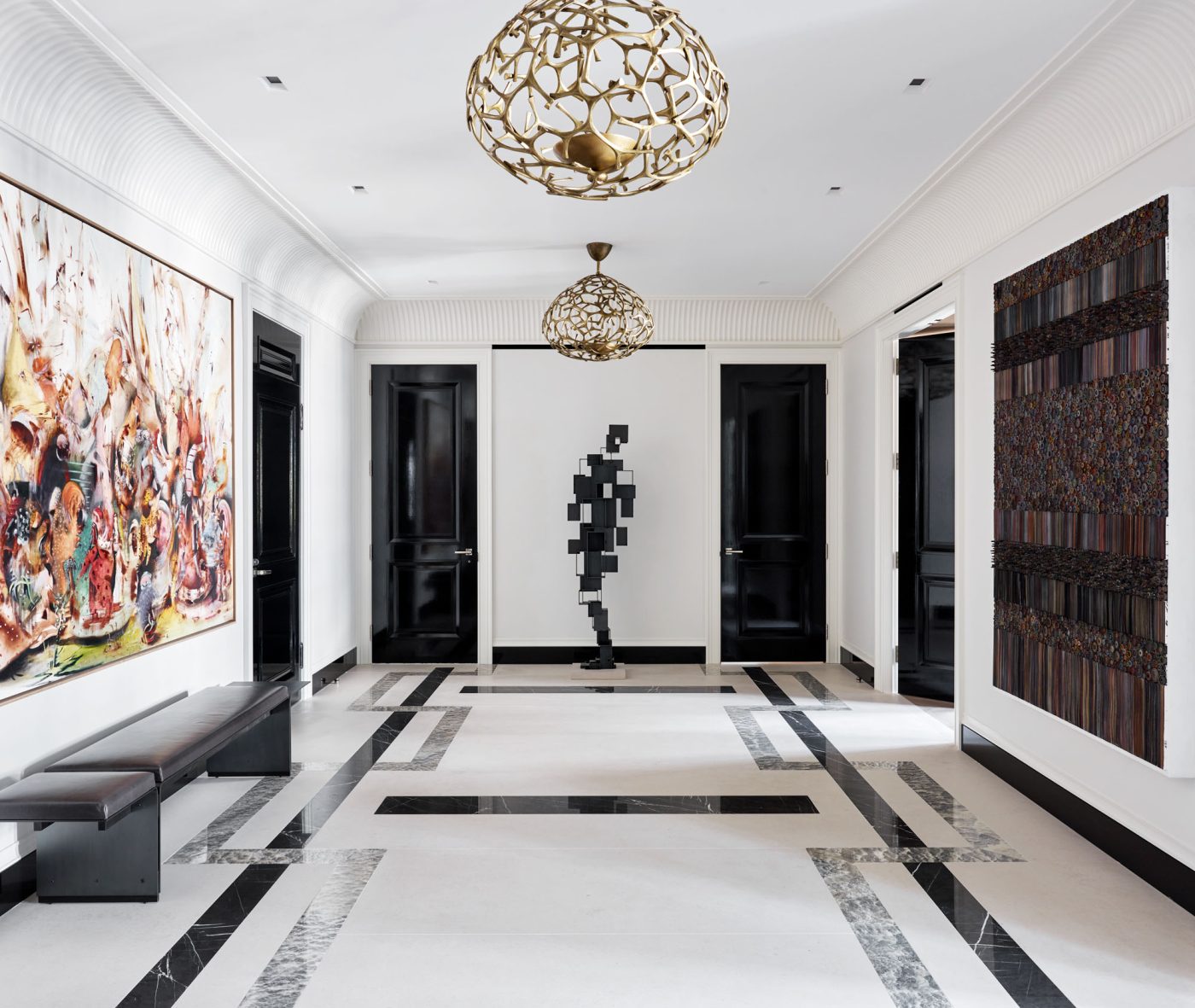
“They went through their storage racks,” Kleinberg says, explaining that by the time the gut renovation — undertaken in collaboration with architect Stephen Wang — was completed, “we knew where everything was going.”
The display of that wealth of audacious art begins in the long entry gallery — far too grand to be called a foyer, with its showstopping floor of limestone, marble and onyx.
“It’s a prewar building, and I was interested in layering elements that reflect that,” Kleinberg says, noting that the gallery floor is “a riff on the classic New York black-and-white stone squares.”
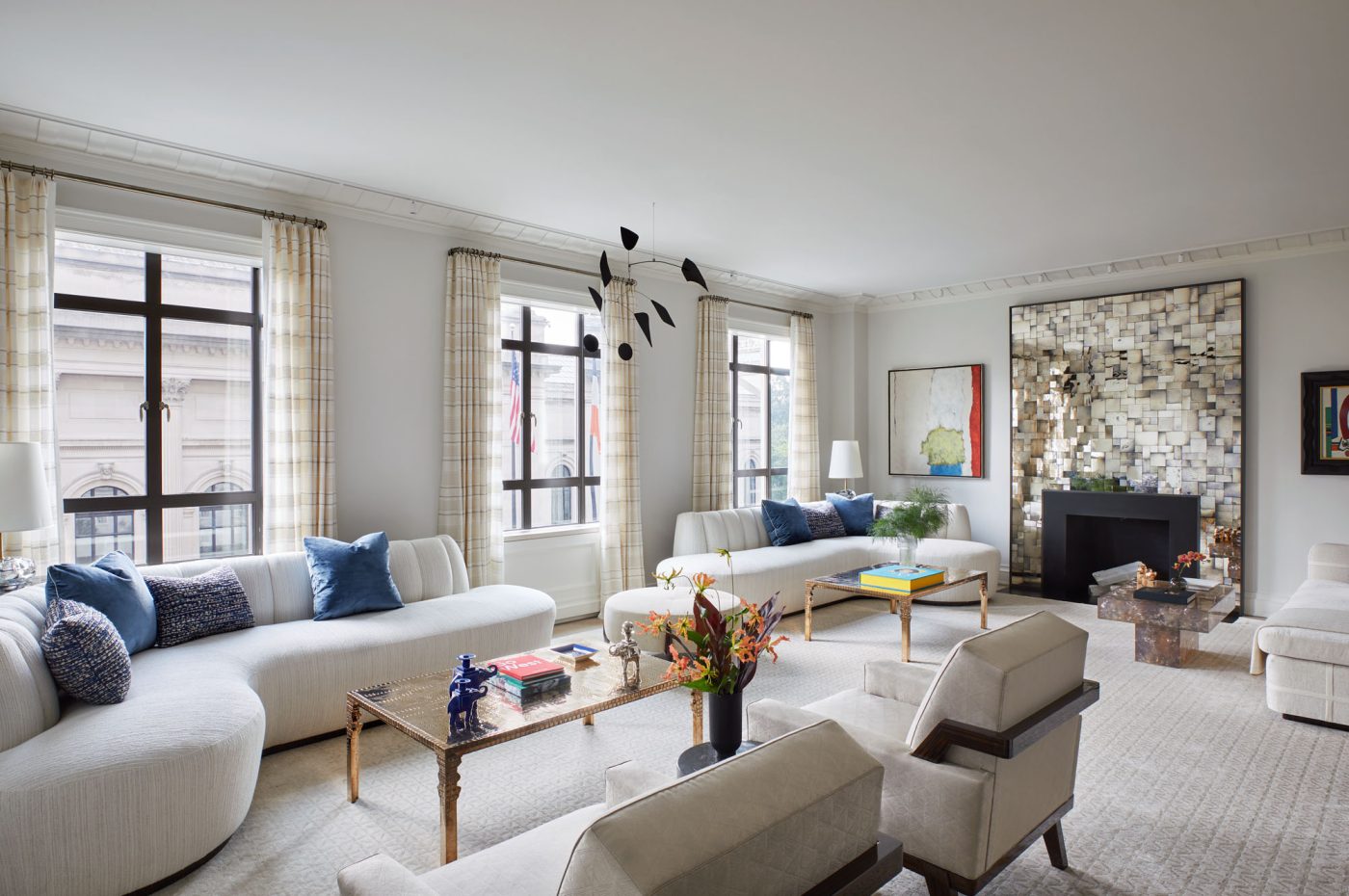
He had the traditional two-panel doors finished in a lacquer as black and lustrous as that of a grand piano and lined the space with a wide, fluted crown molding. A life-size figure of a man from British sculptor Antony Gormley’s “Blockworks” series struts his stuff at one end of the room, opposite a pair of postmodern consoles by Paris-based designer Hervé Van der Straeten, who also created the airy bronze lanterns that illuminate the space.
Two vivid oversize artworks — a startlingly beautiful composition of stacked rolls of paper, dense with text, by Iranian-American artist Hadieh Shafie and an arresting abstract oil by Ali Banisadr, an Iranian painter now based in Brooklyn — capture attention on each of the side walls, announcing from the get-go the homeowners’ pride in their heritage and their support for contemporary Iranian artists.
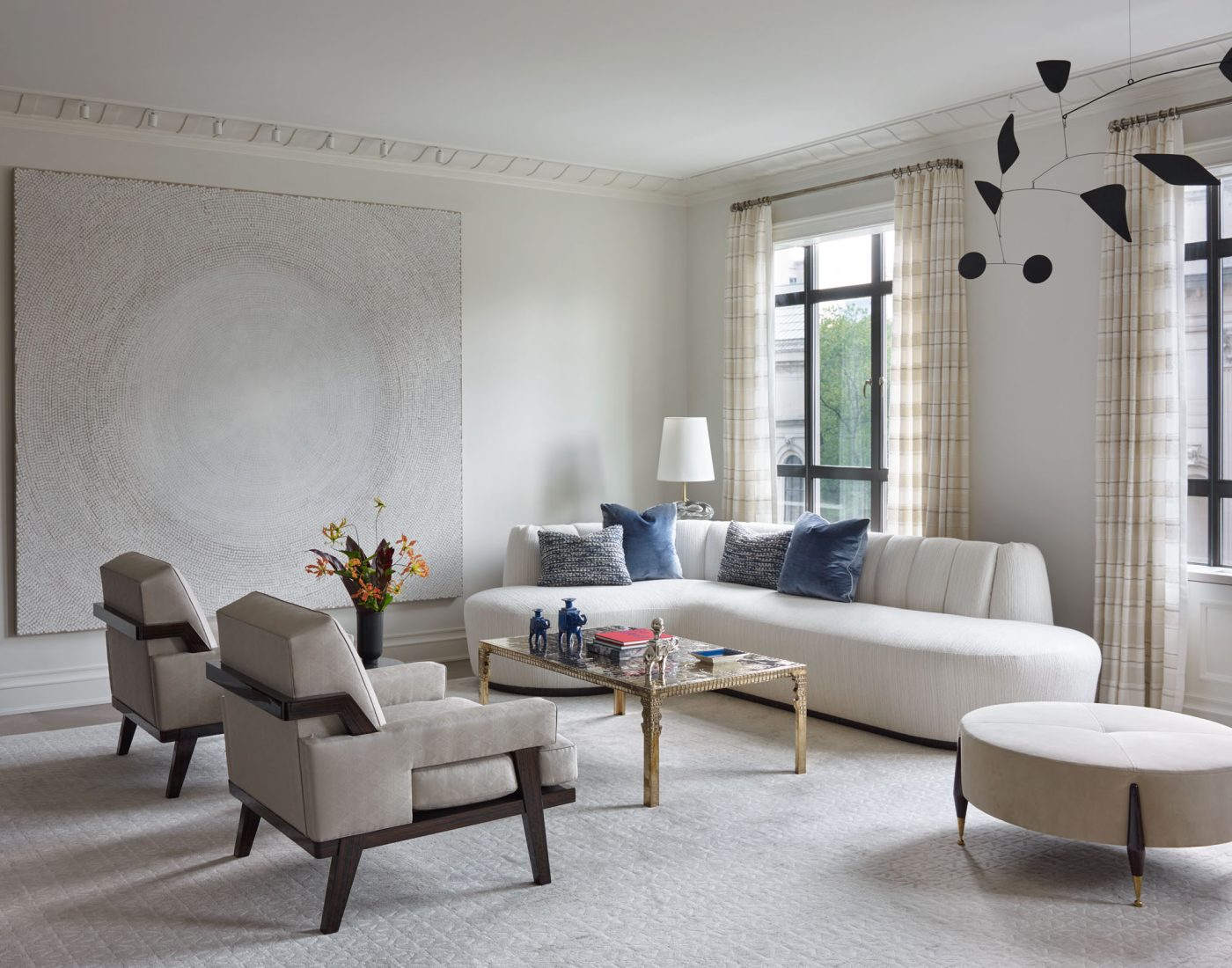
Throughout the apartment, Kleinberg conceived wonderful bespoke details and architectural flourishes. With its walls of silvered Venetian plaster — which, as the designer puts it, “roll up into the ceiling” to create a curved light well — the windowless dining room all but shimmers. That luminescence also derives from a queenly aluminum figure by Spanish-born, New York–based sculptor Manolo Valdés, which presides over the highly polished round table and wood-framed upholstered chairs.
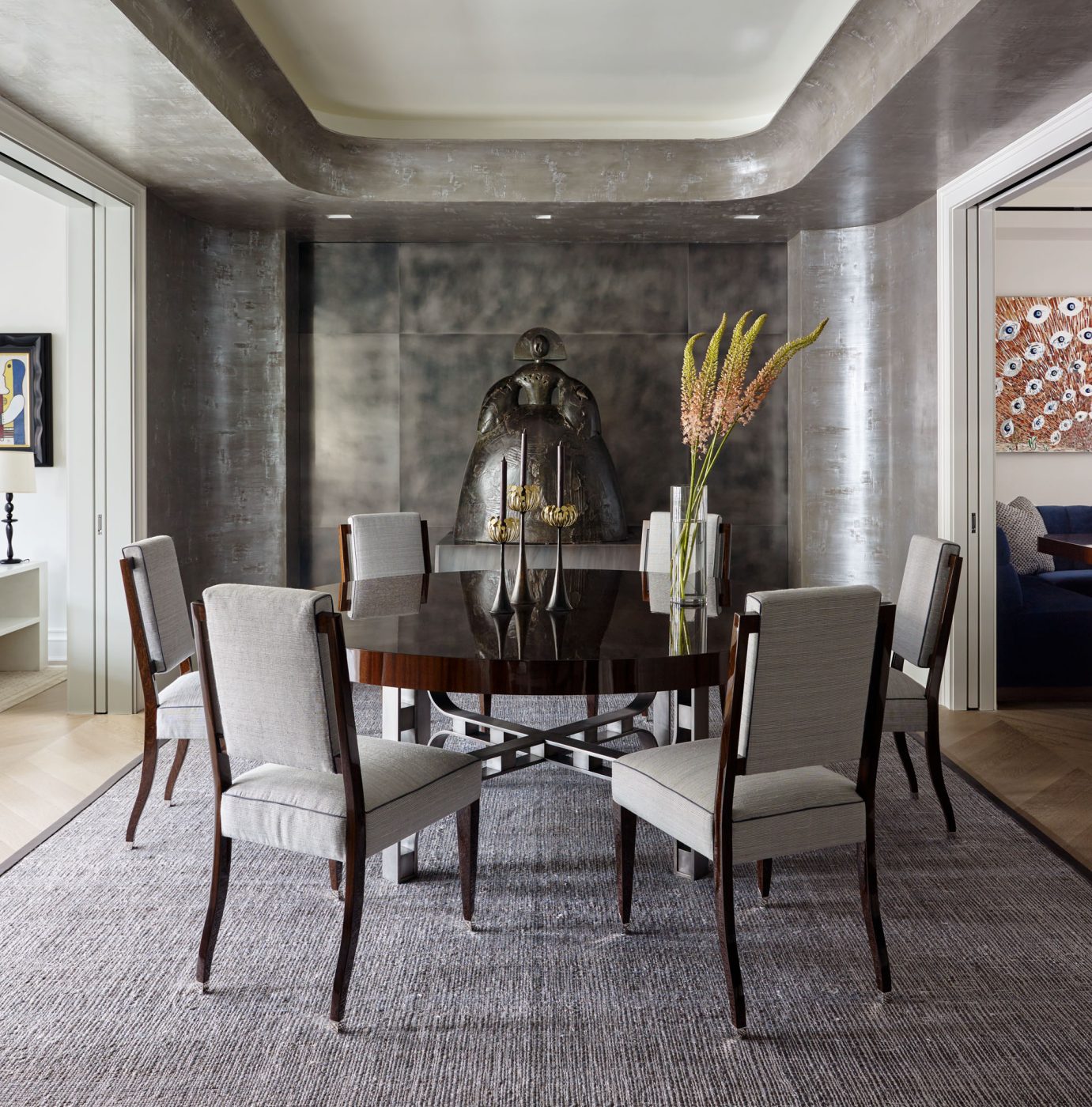
The dining room reflects natural light from the adjacent living room, which boasts a bank of original windows with distinctive black mullions and muntins and a chimney breast clad in an eye-popping mosaic of hand-finished mirror shards by glass artist Kiko Lopez, commissioned through Maison Gerard.
Rather than create a series of separate conversation areas in the large living room, Kleinberg arranged three custom sofas — each extrapolated from classic Art Deco silhouettes — around the perimeter of the room. “My client wanted everyone in one big group,” he says.
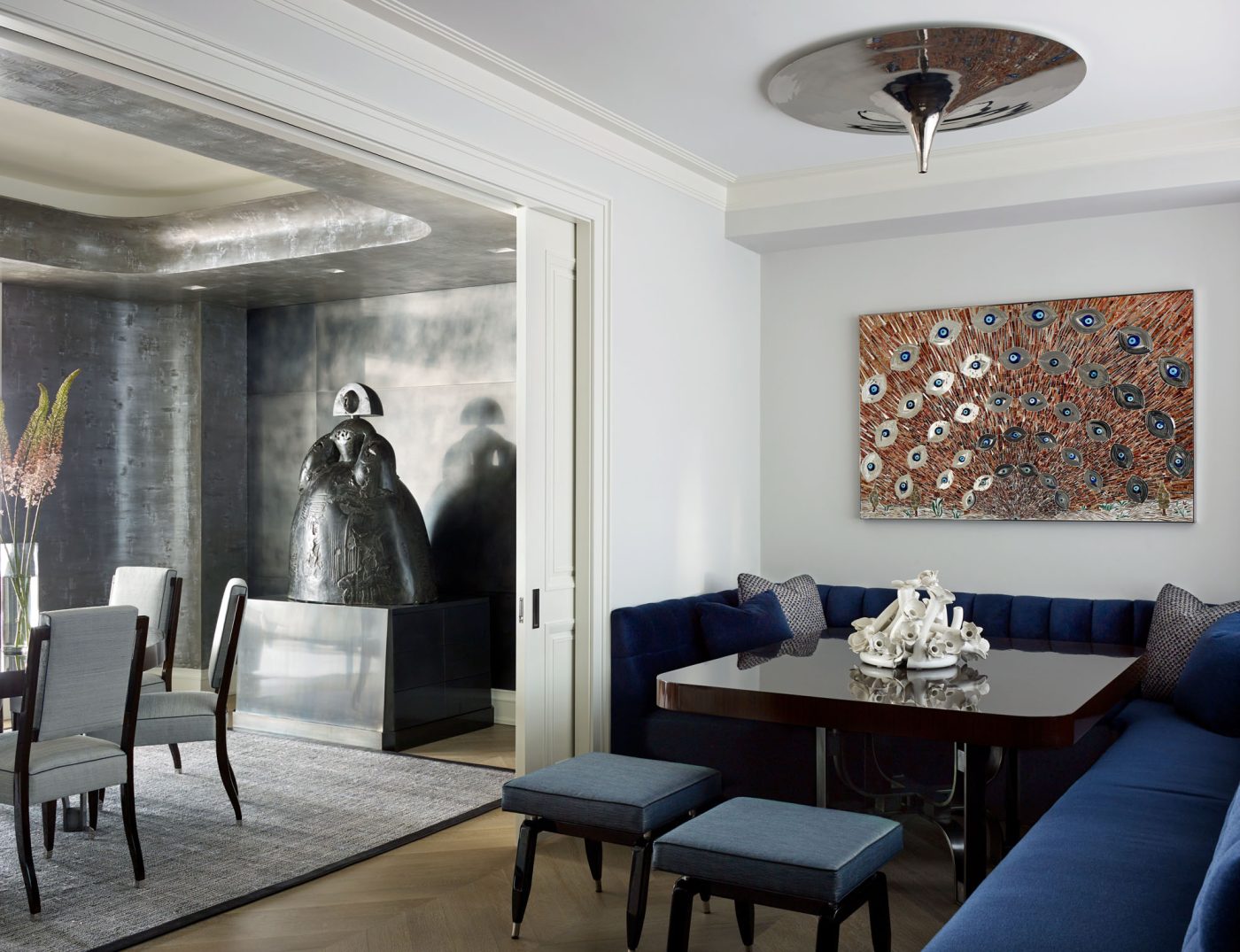
The art in the living room could as easily be hanging in the museum across the avenue. A massive white-on-white painting by Iranian-American artist Y.Z. Kami commands one end wall, while works by the late abstract expressionist Theodoros Stamos and the monumentally important Cubist Fernand Léger introduce punchy primary colors to the overall pale palette of creams and neutrals, which is elevated by varying textures and a bit of shimmer in the fabrics.
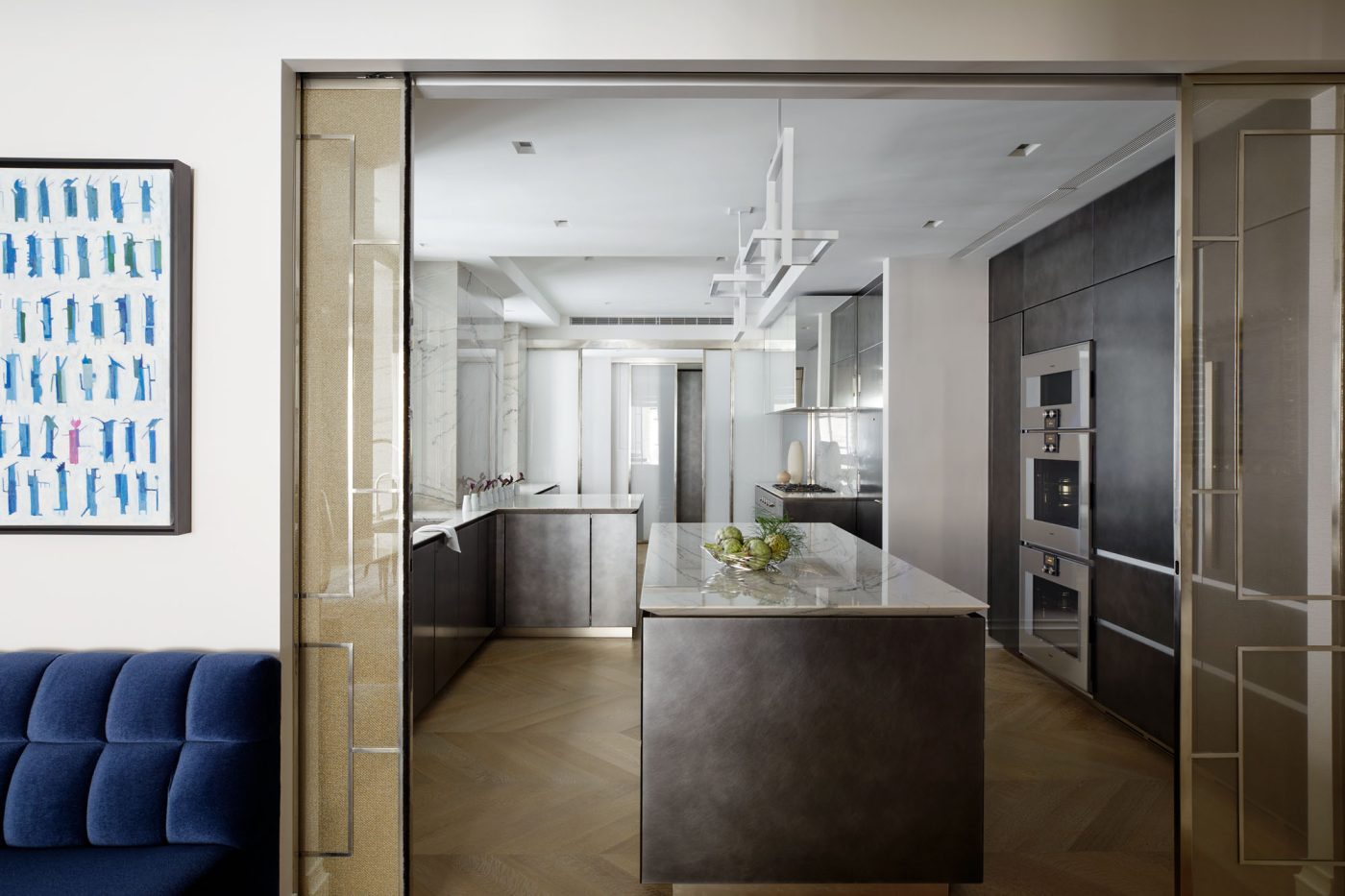
Deep color reigns in the wood-paneled library, where floor-to-ceiling bookcases of bleached wenge wood incorporate illuminated vitrines for the display of fragile terracotta antiquities, many of them Persian. The carpet and upholstery fabrics are shot through with burgundy.
“I wanted the room to have richness, depth, personality,” Kleinberg says. “And nothing is more luxurious than a quilted suede aubergine sofa.”
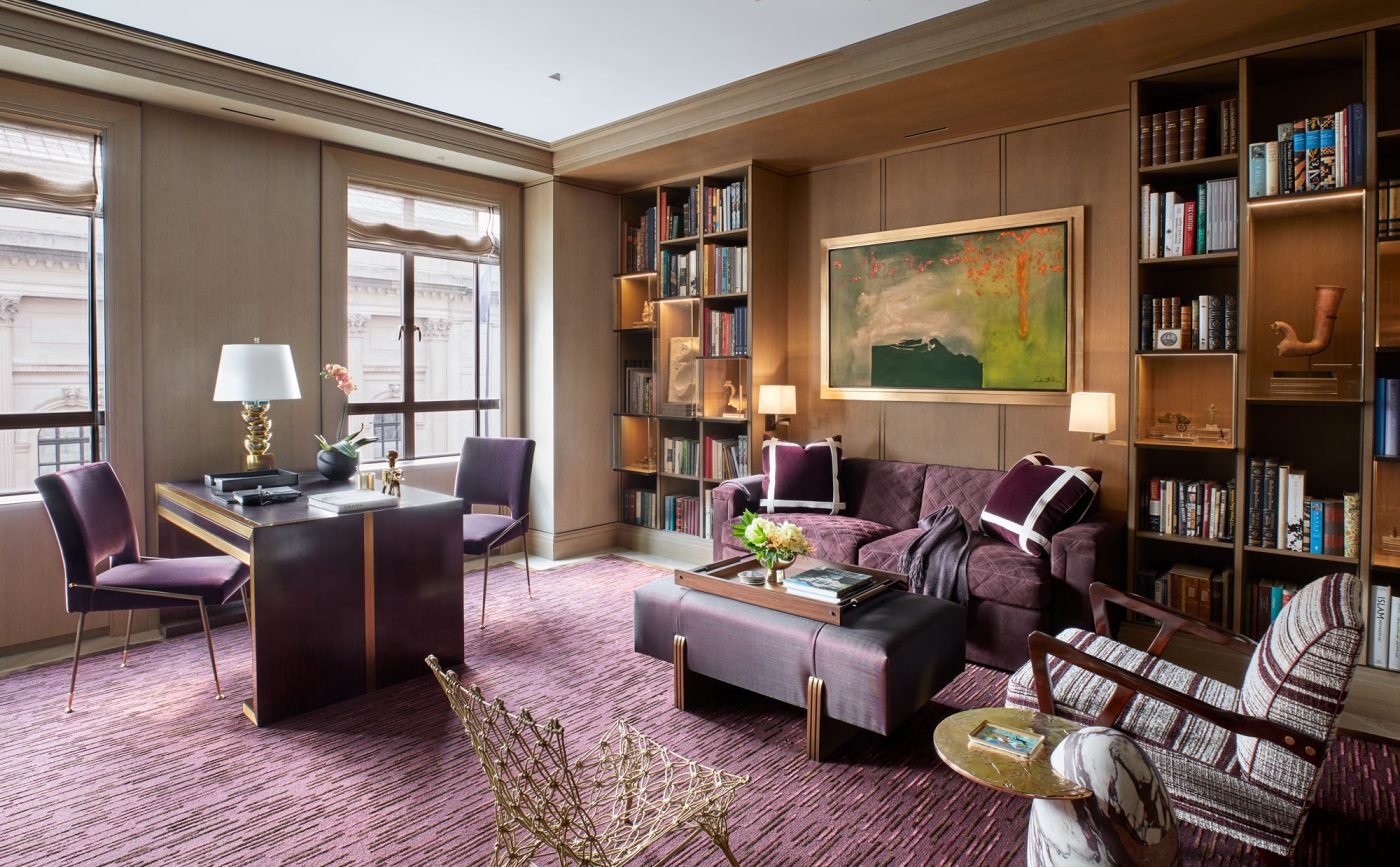
The Brooklyn-born Kleinberg is one of those fortunate few who knew from the beginning what they wanted to do and went straight to it. “I was always interested in residential design. It’s the only thing I’ve ever done.”
At Trinity College in Hartford, Connecticut, he recalls, “I was the quirky guy who painted my room even before freshman orientation. Then, I bought some woven shades, a staple gun and some fabric and reupholstered the college-issued chairs.”
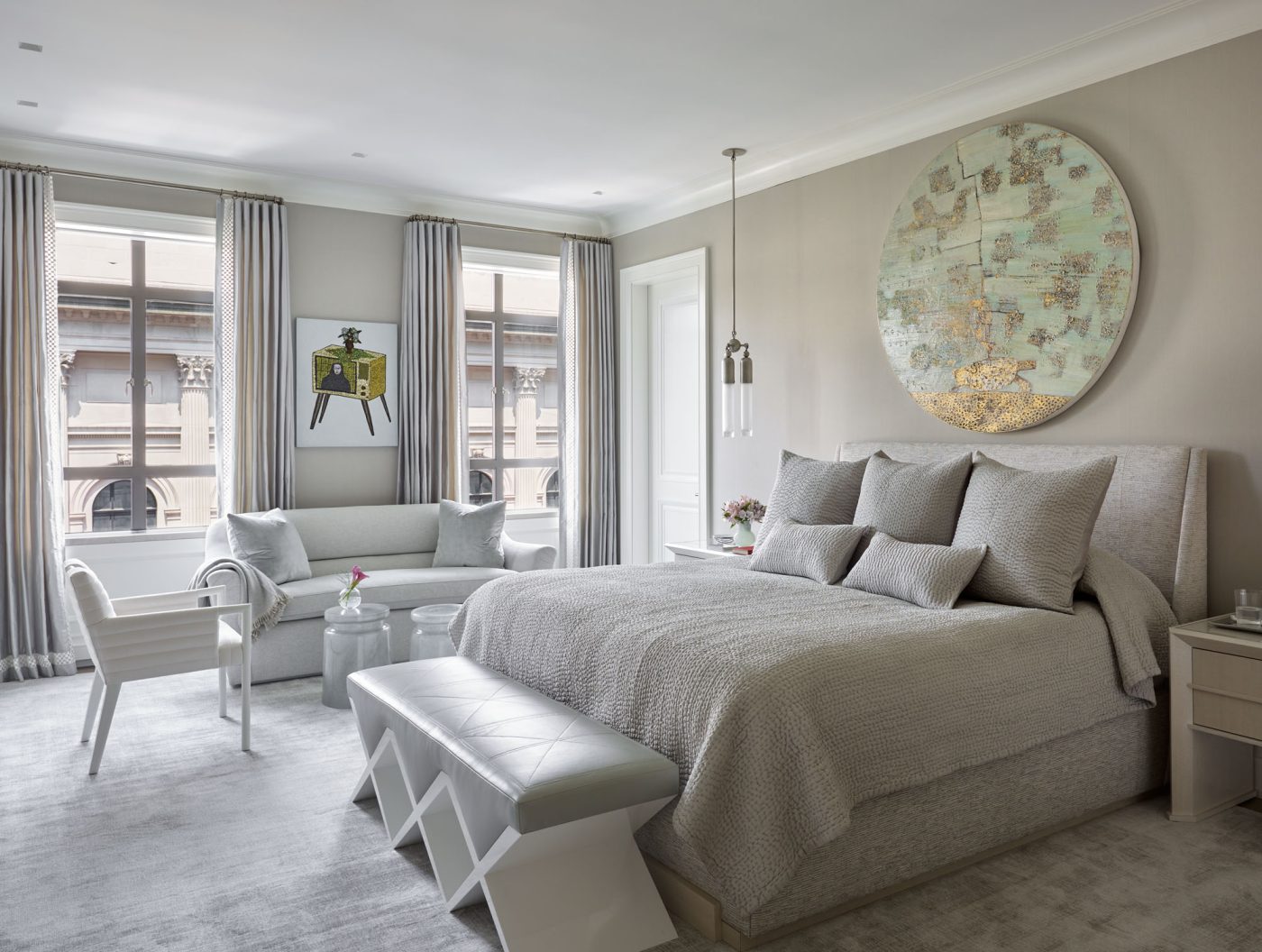
In the primary suite, Kleinberg hung a Reza Derakshani painting above the custom upholstered bed and one by Farhad Moshiri between the windows.
A longtime resident of Manhattan’s Upper East Side, Kleinberg has a particularly sensitive way with the neighborhood’s historic homes. That’s abundantly clear in the combination of classical architecture, bespoke detail and bold deployment of contemporary art that make this sophisticated apartment such a success.
